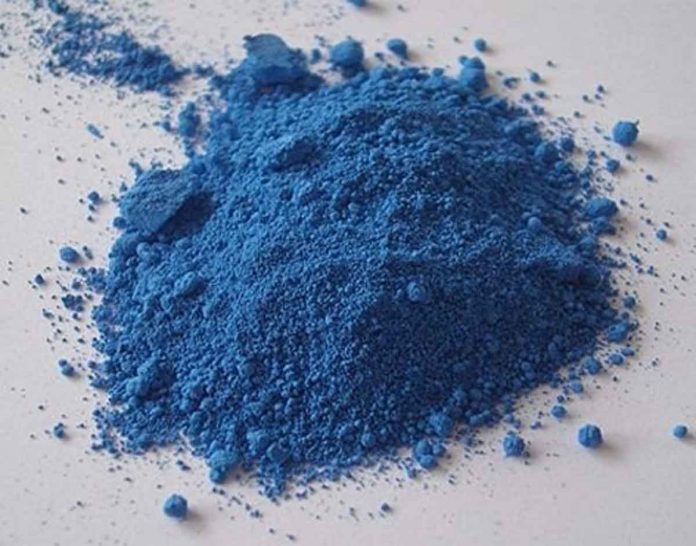Cobalt sits in the centre of the corrin ring of vitamin B12 and we derive important cobalamins from it. Two of our enzymes use these painfully constructed and meticulously channeled cofactors. Why do our cells travel great lengths to get a little bit of the cobalt magic?
Molybdenum, selenium and iodine are other uncommon essential metals. They are similarly used only sparingly in cells. We retain the ability to completely synthesize all the useful derivatives for these elements. We construct an elaborate molybdopterin cofactor to tame molybdenum. To harness iodine, we assemble thyroxine.
To incorporate selenium into the few selenoproteins that require it. The elaborate SECIS machinery shuffles the mRNA code to attract a unique tRNA. Its cysteine cargo is transformed into selenocysteine. Scientists understand the special properties of the metals involved that make them indispensable.
Selenium is a better nucleophile that will react with reactive oxygen species faster. But its lack of π-bond character means that it can also be more readily reduced. Selenoproteins like GPX4 are correspondingly more resistant to both overoxidation and irreversible inactivation. The requirement for molybdenum, a two-electron redox compound that can shuttle between the +4/+5 and the +5/+6 redox couples. It reflects several not-so-common skills. It can perform diverse and energetically challenging redox reactions. It can act as an electron sink or source at low redox potential. It can effectively transfer oxygen and sulfur atoms during reactions taking place at low potential.
Scientists demonstrated that hydrothermal reduction of bicarbonate into long-chain hydrocarbons. It is possible through the use of iron and cobalt metals. These findings explain both the abiogenic origin of petroleum. The porphyrins and corrins which are critical to life can be found amidst petroleum deposits. Did life invent these molecules? Did they first use abiotic facsimiles of these molecules? Scientists said, life likely invented corrin-like coordination by way of a four-amino-acid-peptide glycine-glycine-histidine motif which is capable of entrapping the cobalt atom.

